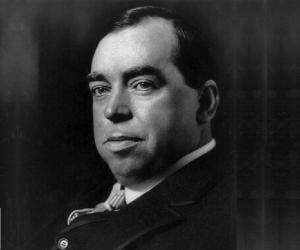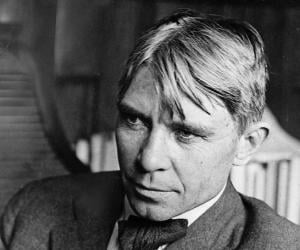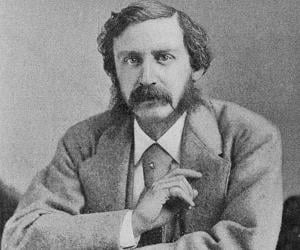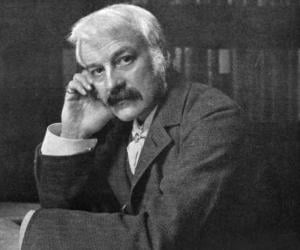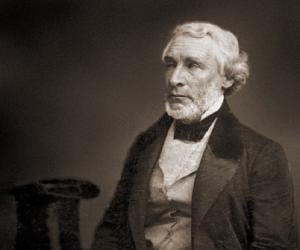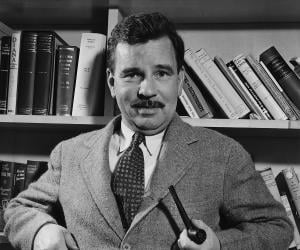Carl Sandburg had begun working since age 11 and been employed in various odd jobs, such as a truck driver, a harvester, and a brickyard hand, before being part of the Illinois Infantry. The two-time Pulitzer-winning poet and biographer late also won a Grammy for his recording of Lincoln Portrait.
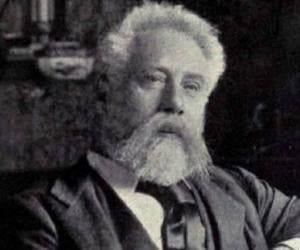
Best known for his short poem Invictus, William Ernest Henley was a Victorian-era British poet and author. A disease he contracted in childhood caused one of his legs to be amputated. It is believed, he was the inspiration behind the crippled character Long John Silver in RL Stevenson’s Treasure Island.
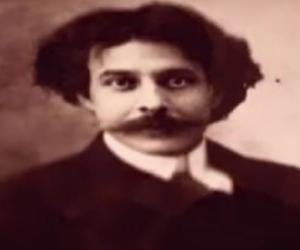
Known as one of the co-founders of Vorticism, a London-based art movement, author-painter Wyndham Lewis is best remembered for his books such as Tarr and The Apes of God. His paintings mingled features of Cubism and Futurism. In his later life, a pituitary tumor made him blind and practically ended his career.
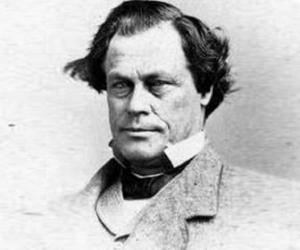
Best known for his collections of folklore, fairy tales, and legends, Scottish author and Merton College fellow Andrew Lang was also an avid historian and anthropologist who coined the term psychical research. His The World of Homer and his translations of Homer’s works remain invaluable to Homerian students.
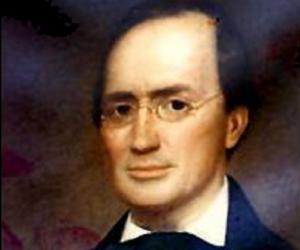
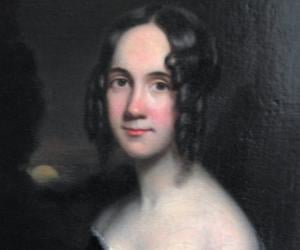
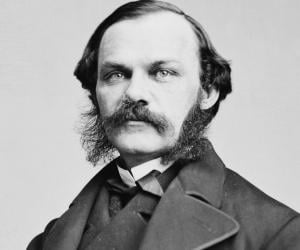
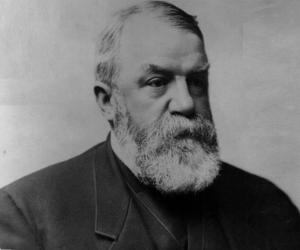
Dwight L. Moody was an American publisher and evangelist. He is credited with founding the Moody Church which went on to become the most well-known religious outreach of its kind. He gave up his lucrative shoe business to focus solely on revivalism. He played an important role in the Civil War, working with the United States Christian Commission of YMCA.
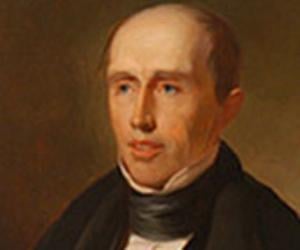
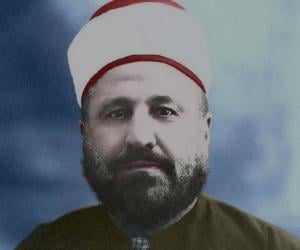
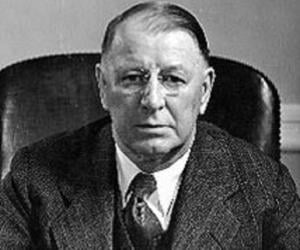
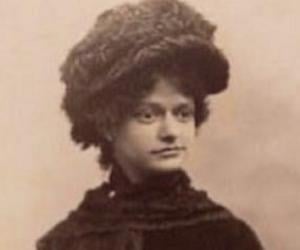
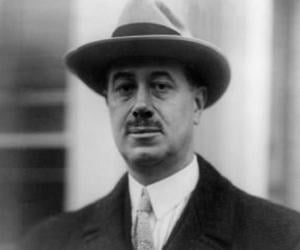
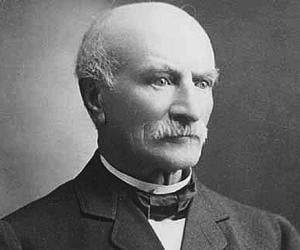
Part of the renowned Mayo family of doctors of the U.S., William Worrall Mayo played a key role in establishing the Mayo Clinic. He and his two sons built the St. Mary’s Hospital, along with the Sisters of St. Francis, after the deadly tornado of 1883 destroyed Rochester.
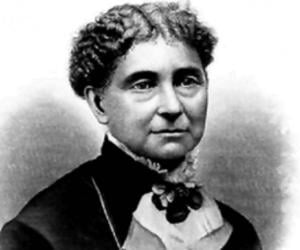
Amelia Bloomer was an American temperance and women's rights advocate and newspaper editor. She is best remembered for her association with The Lily and became the first American woman to own and edit a newspaper for women. The famous bloomer costume, which is known as the reform dress, is named after Amelia Bloomer.
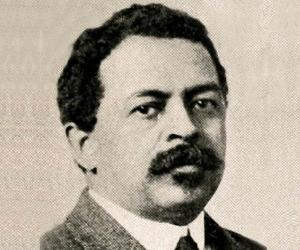
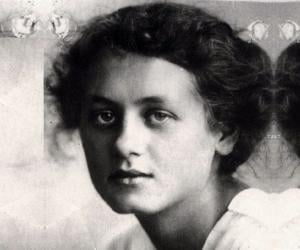
Milena Jesenska was a Czech writer, editor, journalist, and translator. She is best remembered for translating Franz Kafka's works from German to Czech and for her romantic relationship with Kafka when she was still married to Ernst Pollak. She is also known for her action of saving the lives of many Jewish and political refugees when the Nazis occupied Czechoslovakia.
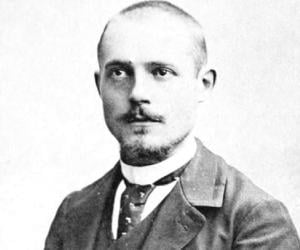
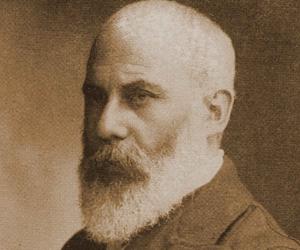
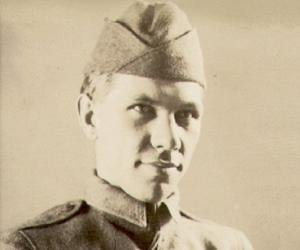
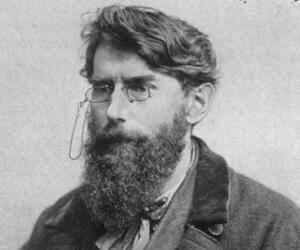
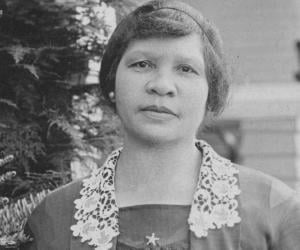
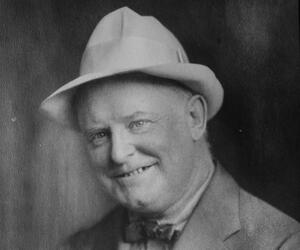
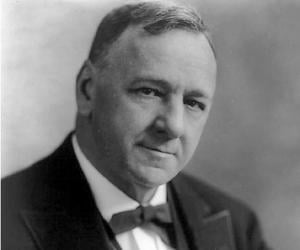
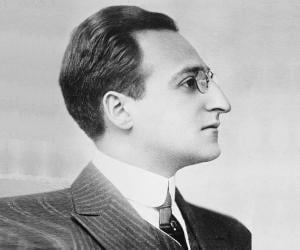
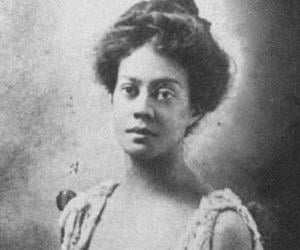
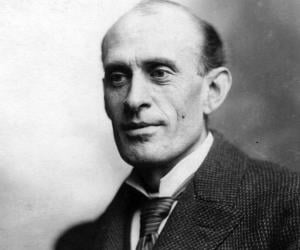
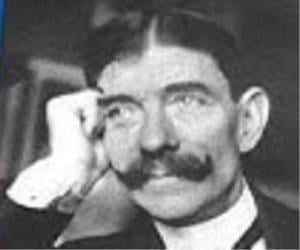
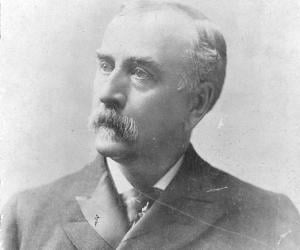
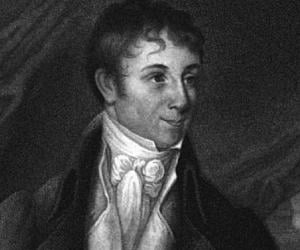
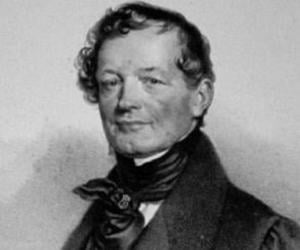
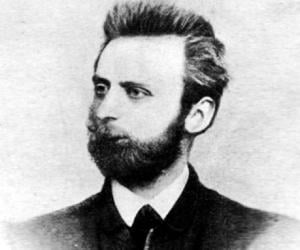
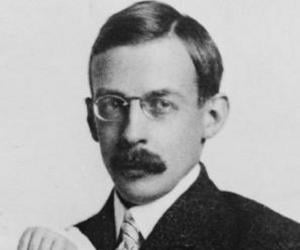
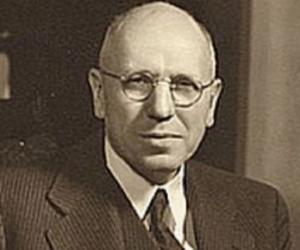
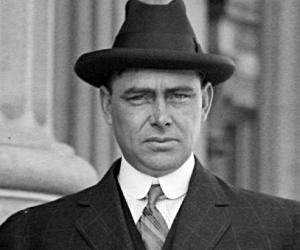
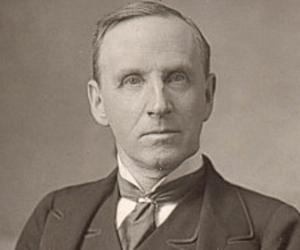
John Morley was a British writer, newspaper editor, and politician. Morley served as the Chief Secretary for Ireland from February to July 1886. Between 1905 and 1910, he was the Secretary of State for India. John Morley is best remembered for his writings, many of which have been published. Morley is credited with inspiring influential figures like Mahomed Ali Jinnah.
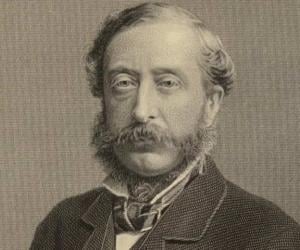
James Anthony Froude was an English novelist, biographer, and historian. He also contributed as an editor for Fraser's Magazine for Town and Country. Froude was often counted among the best-known historians of his time. A controversial personality, Froude's writings were often polemical which earned him many outspoken opponents.
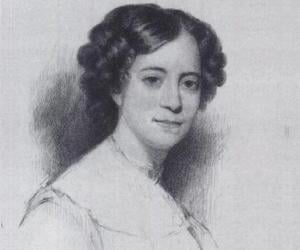
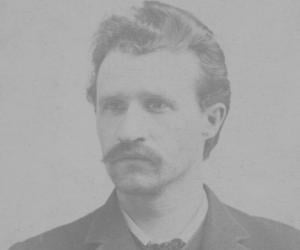
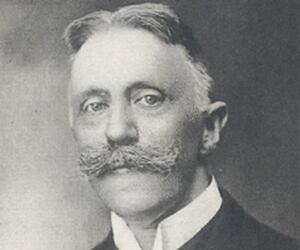
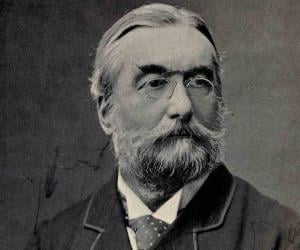
British astronomer Norman Lockyer is known for his discovery of the gas helium, along with French astronomer Pierre Janssen, though both worked independently. A talented author, too, he established the periodical Nature and remained associated with it till death. He was knighted for his achievements.
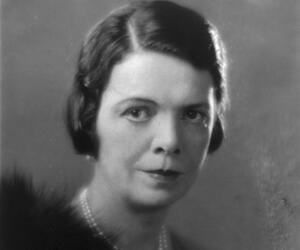
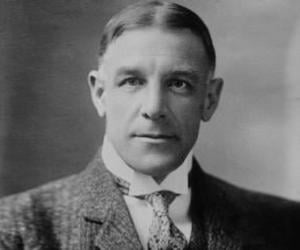
In spite of being the editor of the Ladies' Home Journal for 3 decades, Dutch-born American editor Edward Bok was strongly anti-women’s rights and believed women’s liberation and education would lead to higher divorce rates. His memoir, The Americanization of Edward Bok, won him a Pulitzer Prize.

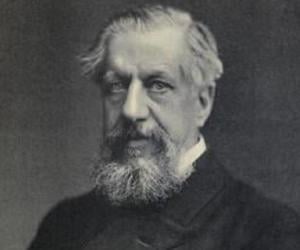
Best known for his book The Light of Asia, a narrative poem on Gautama Buddha, English poet and journalist Edwin Arnold had initially been a school teacher. He later also worked as a journalist, before turning to writing full-time. His The Song Celestial was a poetic version of the Bhagavad Gita.
